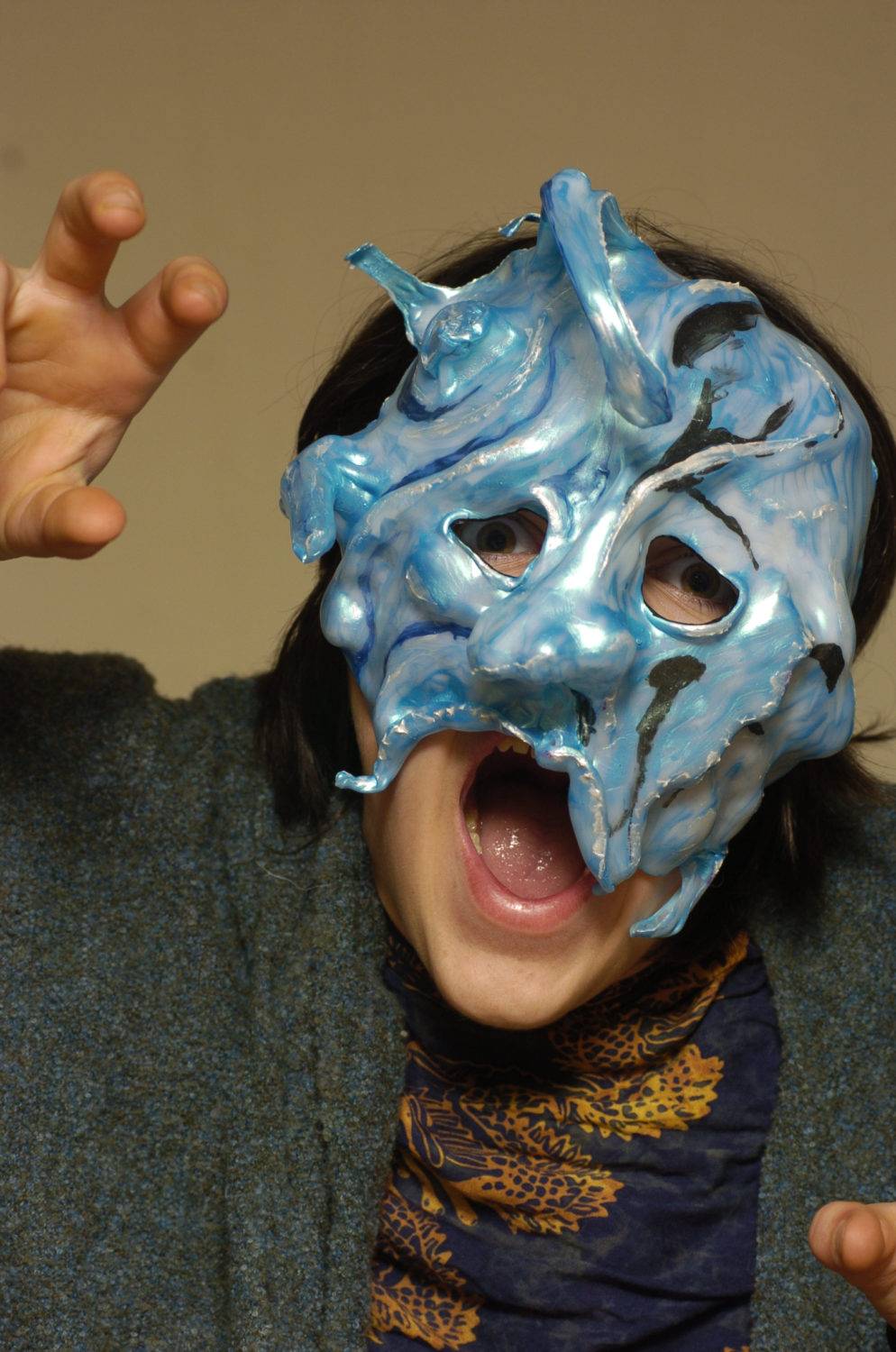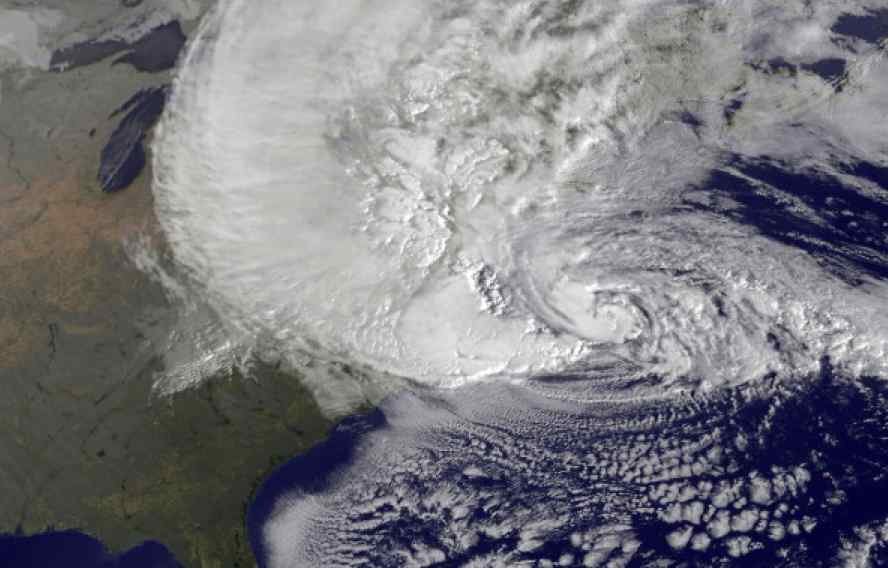As we enter the week following Superstorm Sandy, there are some of us who are trying to repair the damage done to our homes, schools, and places of work. As for those of us not directly in Sandy’s path, I am sure many have been checking on family and friends in eastern North America and the Caribbean, and asking ourselves how we can help. Fortunately, there are many efficient and trustworthy ways to donate money, services, and food/water/blankets.
But how do we make a difference in ways that are more long-term, or as artists or educators? We can organize or contribute to a concert or gallery or performance series wherein the proceeds are all donated to aid those affected by Sandy (here’s a link to the big-name concert featuring NY, Long Island and NJ performers ). Connecting the theme or artists to a targeted region is without question in the best interest of the project; to benefit Haiti, perhaps a weekend long series of performances that included mask making workshops, all or some of The Haitian Trilogy by Derek Walcott, Caribbean dancers, any current performances that feature actors from the Caribbean region, and so on.
Along those lines, Elementary School art teacher Suzanne Tiedemann has created Shells for NJ shores, a children’s art project that raises relief funds specifically for NJ. She writes, “Hi Holly, Shells for NJ Shores is an idea that embraces all ideas. Teachers and students have freedom to create and sell Shell-Themed  art, paintings, etc. (no limitations). See some of the ideas I’ve posted on the Getting Started page of my website… Shells for NJ Shores“.
art, paintings, etc. (no limitations). See some of the ideas I’ve posted on the Getting Started page of my website… Shells for NJ Shores“.
But beyond the link between artists sharing their work and fund raising for relief is for me the role of the artist and the educator in bringing attention to neglected ideas and drawing connections between seemingly unrelated concepts.
That the sea level has risen 4-6 inches in the last century is not a political concept, merely a fact, a measurement that seems to matter little until we remember that these “small” changes make huge differences in wave height, strength and power…and the ability to devastate small islands. The water continues to rise, because the polar caps and glaciers are melting, in turn because of climate change—created largely by over-consuming countries like the US and Canada. Fortunately, these two countries are wealthy enough to create structural features that can resist disasters and infrastructures for efficient recovery from these storms that are in some part, our own making.
 Small island nations like impoverished Haiti, however, who play almost no part in creating greenhouse gasses, suffer the greatest losses in these storms and have the least ability to recover. When Sandy hit, Haiti was still trying to recover for the natural disasters of 2010, and 70% of the precious few crops still growing were flooded.
Small island nations like impoverished Haiti, however, who play almost no part in creating greenhouse gasses, suffer the greatest losses in these storms and have the least ability to recover. When Sandy hit, Haiti was still trying to recover for the natural disasters of 2010, and 70% of the precious few crops still growing were flooded.
I am by no means suggesting we should not help our own. I am suggesting that as artists and educators, part of our job is to draw these kinds of connections and spread awareness … between the choices we make in our voting, in our fueling, in our spending, and the ways that water destroys communities. For more information, read this article from Business Week and this Blog about the food shortages in Haiti.
Yours in artistry….
holly



